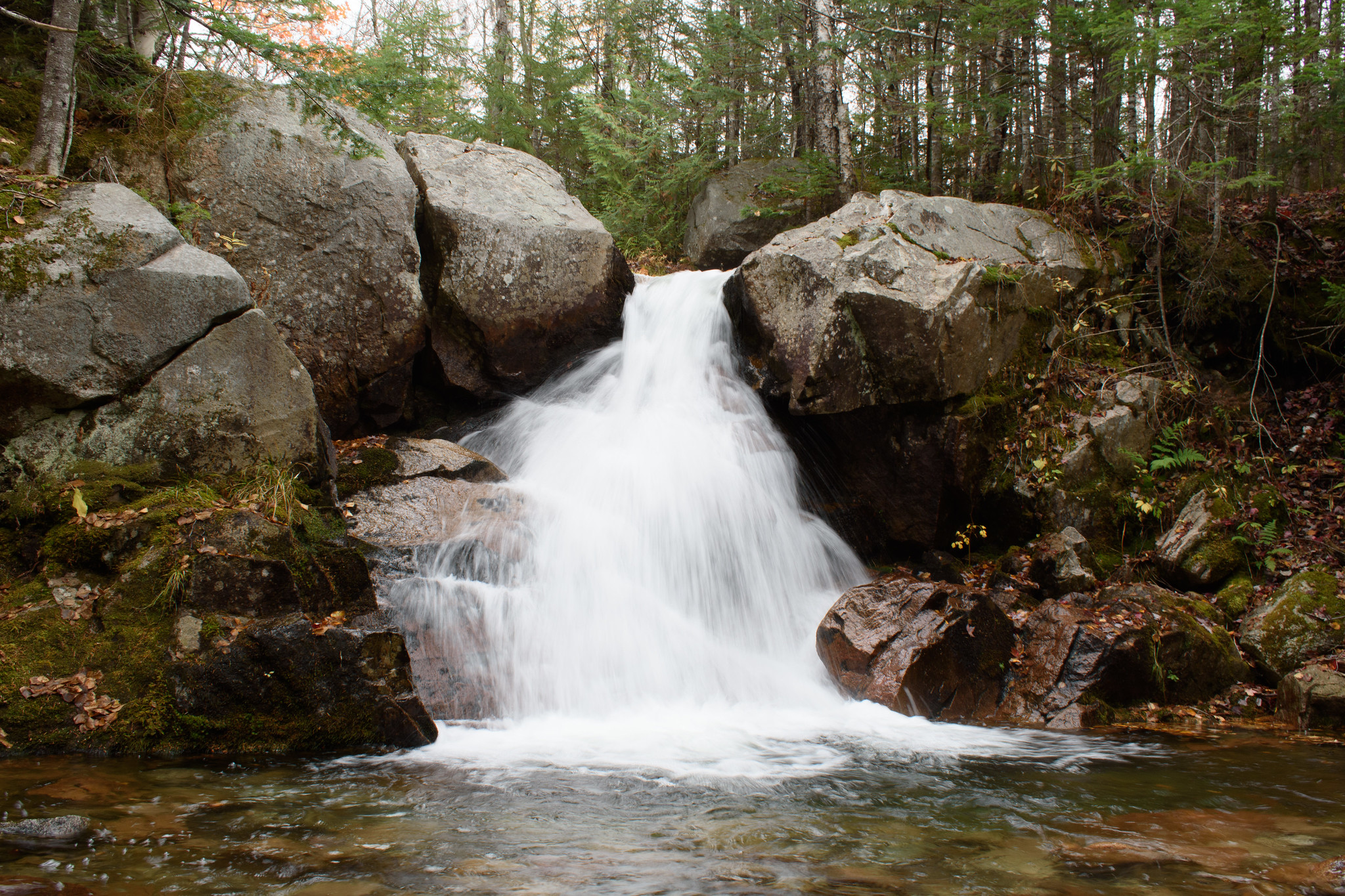Taken from a rock in the middle of the river. Hand-held 1/10 sec shutter.
Author Archives: Dan
Copper foil

Here’s an image I took recently with and electron microscope while looking at copper foil. It’s apparently comprised of small pyramids of 1 micron copper crystals, and I thought the shadows from the surface relief created a beautiful effect.
Reading list: COVID-19 lab leak hypothesis
I’ve assembled a reading list below of articles discussing the possibility that a lab accident at the Wuhan Institute of Virology was the source of COVID-19. This topic has been political from the start, with the Chinese government censoring scientists and running a disinformation campaign, and the Trump administration accusing China of engineering the virus as a weapon. Now that Trump is no longer president, the lab leak hypothesis has been gaining momentum as journalists and scientists feel like they can speak up without being tied to conspiracy theories.
There is a case to be made, based on circumstantial evidence, that the whole pandemic could have begun as a lab accident. It certainly seems suspicious that the outbreak began in a city with no bat caves and down the street from the Wuhan Institute of Virology, the lab with the world’s largest collection of bat coronaviruses, which had known safety issues and was researching how bat viruses could jump to humans. It’s not far-fetched to think that they were successful in their research but lax with safety protocols, and the pandemic began when lab employees accidentally infected themselves.
The lab accident hypothesis could be disproven either by locating the genetic ancestor of the virus in an animal population somewhere, or through a forensic investigation of the lab to show that none of the viruses ever in their possession were the ancestor of COVID-19. However, a year has passed with no plausible natural source having been found, and the lab has not been investigated even though it would seem to be in China’s interest to allow it if they knew for certain the lab were not the source. If the COVID-19 pandemic really was the result of a lab accident, it may be that we will simply never have a conclusive answer to the origin question.
Here’s the list of articles, which I will continue to update:
- A Proposed Origin for SARS-CoV-2 and the COVID-19 Pandemic, Independent Science News, 7/15/2020.
- The Lab-Leak Hypothesis, New York Magazine, 1/4/2021.
- If Covid-19 Did Start With a Lab Leak, Would We Ever Know?, Wired, 1/19/2021.
- We’re still missing the origin story of this pandemic. China is sitting on the answers.The Washington Post, 2/5/2021.
- Did the Covid-19 virus really escape from a Wuhan lab?, The Telegraph, 2/6/2021.
- Did the Covid-19 virus really escape from a Wuhan lab?, Matt Ridley Online, 2/7/2021.
- Some Scientists Question W.H.O. Inquiry Into the Coronavirus Pandemic’s Origins, The New York Times, 3/4/2021.
- In 2018, Diplomats Warned of Risky Coronavirus Experiments in a Wuhan Lab. No One Listened. Politico, 3/8/2021.
- Wuhan Lab Theory a Dark Cloud on China, The Wall Street Journal, 3/9/2021.
- Did the coronavirus leak from a lab? These scientists say we shouldn’t rule it out., MIT Technology Review, 3/18/21.
- Did covid-19 escape from a Wuhan lab? The WHO report can’t be the final word., The Washington Post, 3/22/21.
- The origin of COVID: Did people or nature open Pandora’s box at Wuhan?, Bulletin of the Atomic Scientists, 5/5/21.
- Investigate the origins of COVID-19, Science, 5/14/21.
- Intelligence on Sick Staff at Wuhan Lab Fuels Debate on Covid-19 Origin, The Wall Street Journal, 5/23/21.
- The Wuhan Lab Leak Question: A Disused Chinese Mine Takes Center Stage, The Wall Street Journal, 5/24/21.

